What does the service life of LED plant lamp beads mean?
How should we measure the life of LED lamp beads?
In the field of LED technology, life is defined by aging over time. Each LED lamp bead will age and lose performance, but different LED types will also age at different speeds. In addition, temperature, operating current, chemical substances and humidity will greatly affect the life of the LED. In 2011, the North American Society of Illumination Engineering published its first paper, defining and standardizing the corresponding measurement methods. The service life specification needs to comply with the DIN IEC/PAS 62 717 standard.
However, due to the long light-emitting time of LEDs, it takes several years to test the service life. Therefore, the standard defines that LEDs can be tested under extreme conditions, and then the results can be extrapolated back to normal environmental conditions. The result of such a life test is the LM or L value. However, life can refer to different losses. For example, H-Great specifies the LM90 value as the life span. This means that our S30 series lost only 10% of its light output after 90,000 hours of operation.
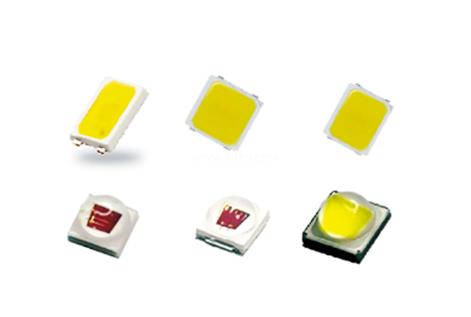
There are many factors that affect the service life of LEDs. The following are the main ones:
① The quality of LEDs,
as everyone knows, is not the same for all LEDs. The difference in lifespan of medium-power LED lamp beads is the most significant. The figure below shows the life data of two different mid-power LEDs from the same manufacturer. The picture on the left shows the service life of the plant lighting LED white light S30A we used in the S30 series. It can be seen that even at a very hot operating temperature of 105°C, the LED still has 90% of its power after 60,000 hours of operation. The picture on the right shows the aging of the much cheaper 3528 LED tested under the same conditions. The LED has lost 10% of its initial light output after 20,000 hours.

Another decisive factor for the life of LED working temperature is the working temperature of LED lamp beads. In the S30 series, the white LED lamp beads are optimally cooled by a very large heat sink. In practice, this means that the LED will not exceed 70°C at a room temperature of 30°C.
In addition, the radiator is designed for use in the greenhouse, which means the following advantages:
Even if the heat sink is heavily polluted, it will not cause the LED to overheat
The radiator is easy to clean
Technically speaking, ambient temperatures up to 50°C are not a problem (this temperature often exists in a greenhouse directly under the roof)
The figure below shows the operating temperature measured at the radiator at an ambient temperature of 28°C. Although the heat sink temperature of the S30 series (picture on the left) is 54.5°C, the temperature of other designs (picture on the right) is much higher. Depending on the quality of the heat transfer from the LED to the heat sink, the LED temperature can be up to 30°C higher than the heat sink temperature shown.

③ Chemical components and moisture
In gardening, various chemical components enter the planting room through fertilizers. Professional growers regularly evaporate sulfur in the greenhouse to protect plants from fungal diseases, so relative humidity of up to 90% is not uncommon.
All of the above will have a bad influence on the life of LED lamp beads. Therefore, it is very important to protect the LED lamp beads from these effects in the best way. In practice, poorly protected LED lamp beads rarely reach the specified service life. The figure below shows a part of LED lights that have been used for more than a year in harsh indoor conditions. Evaporate sulfur regularly to prevent fungal diseases. If you look closely, you can see the oxidation (black spots) of the reflector on the LED. The light output is reduced by 25%.

The service life of S30A
In order to produce the S30 series, only the best quality LED lamp beads are used. The medium power LED used is a very rugged S30A, and its lifetime and efficiency stand out in all tests. The installed high-power LED lamp beads also come from Huahao Weiye. Despite these high-quality components, our LEDs are sealed to the environment through glued secondary optics. Therefore, we can use LM90> 90,000h to specify the life of the S30 series.

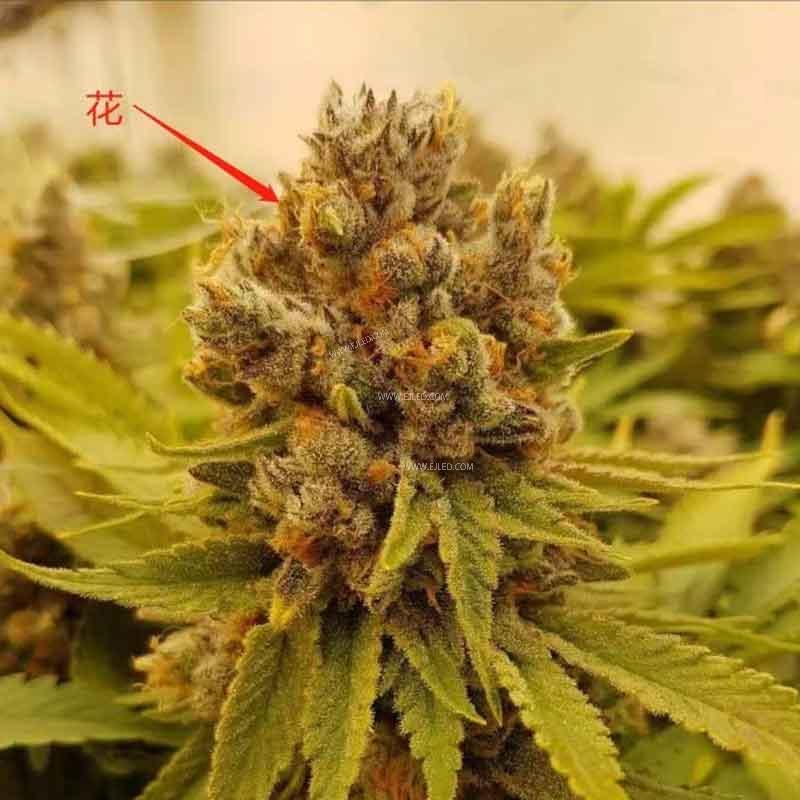
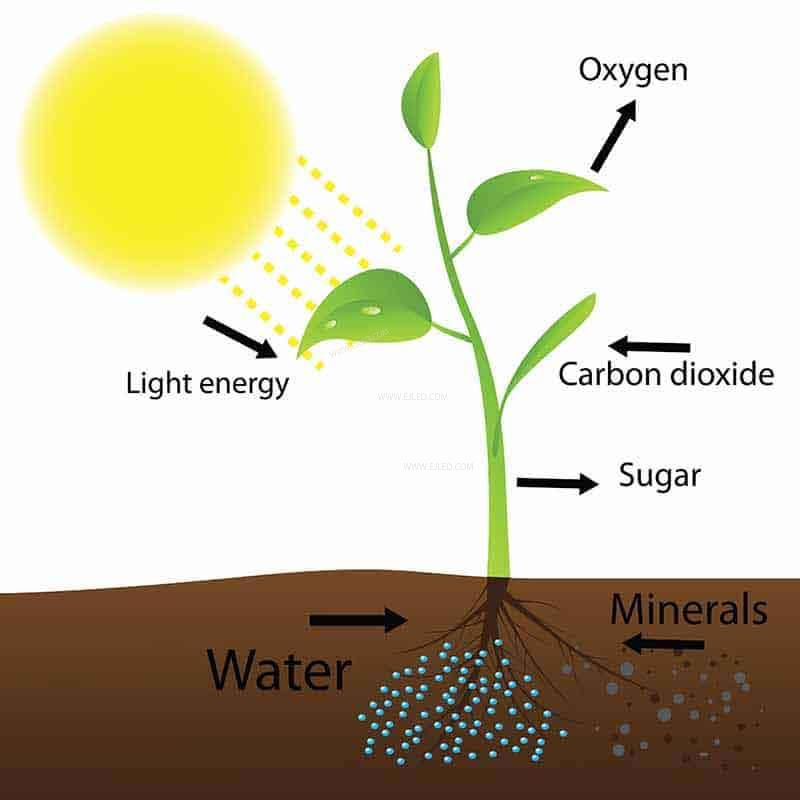
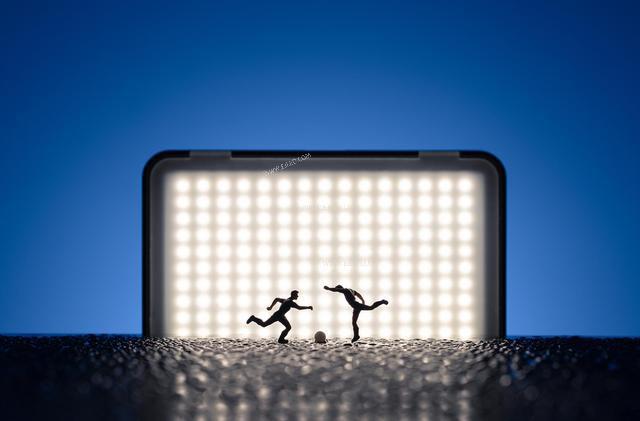
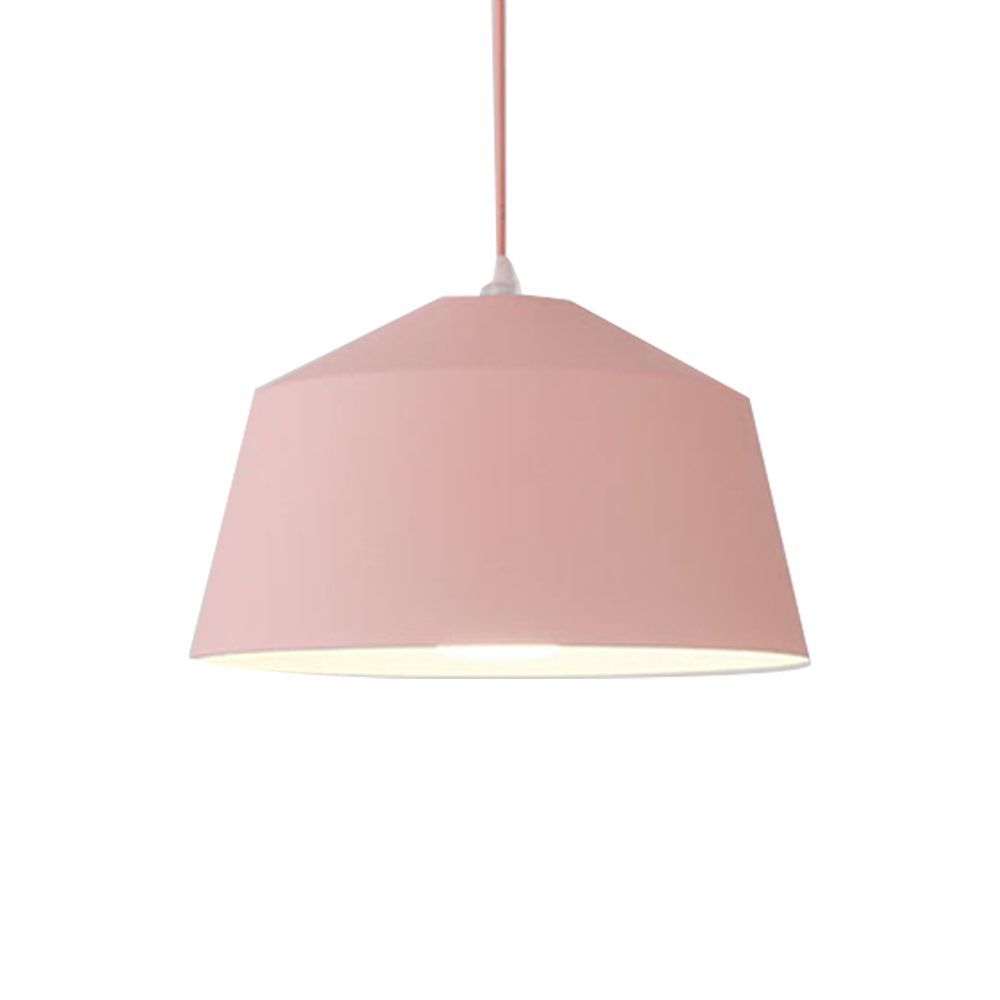
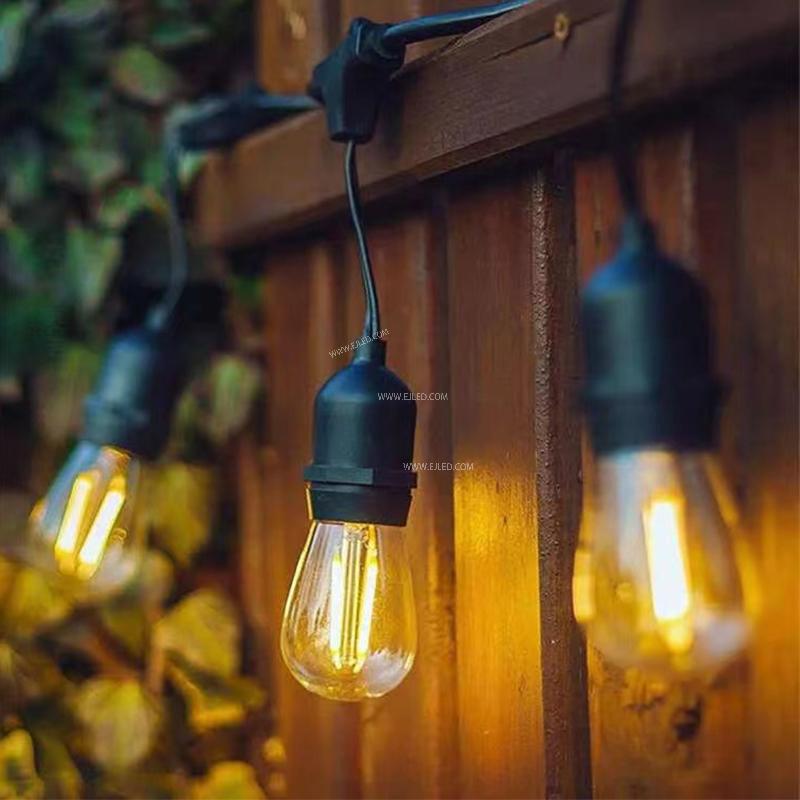
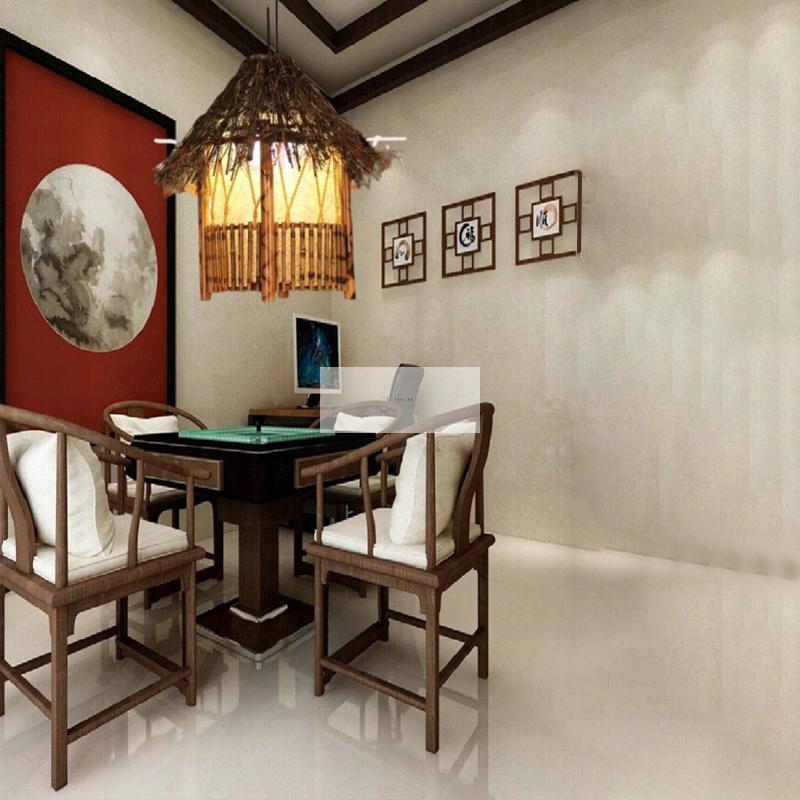
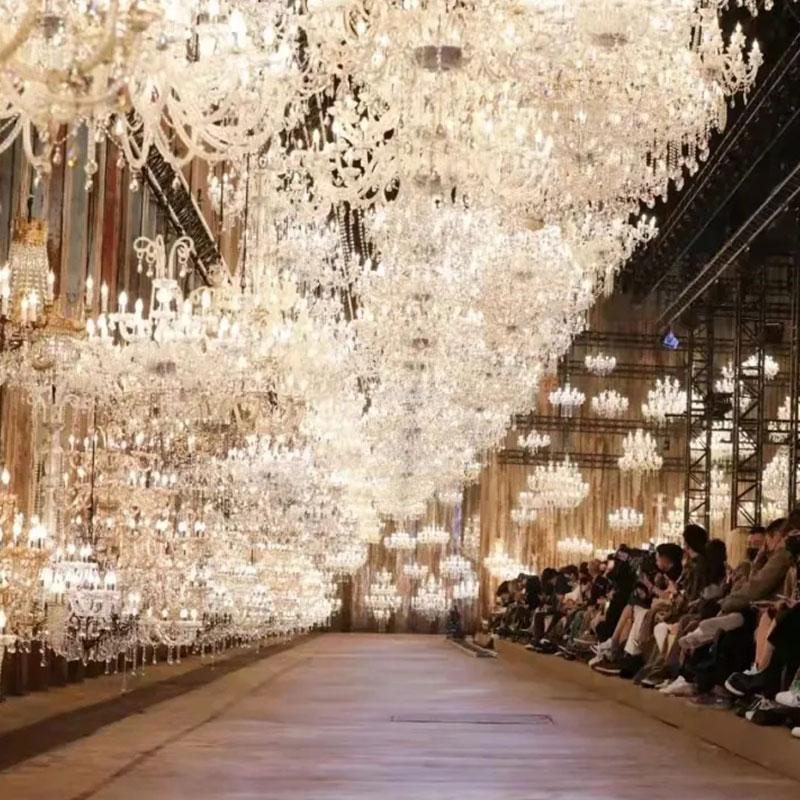
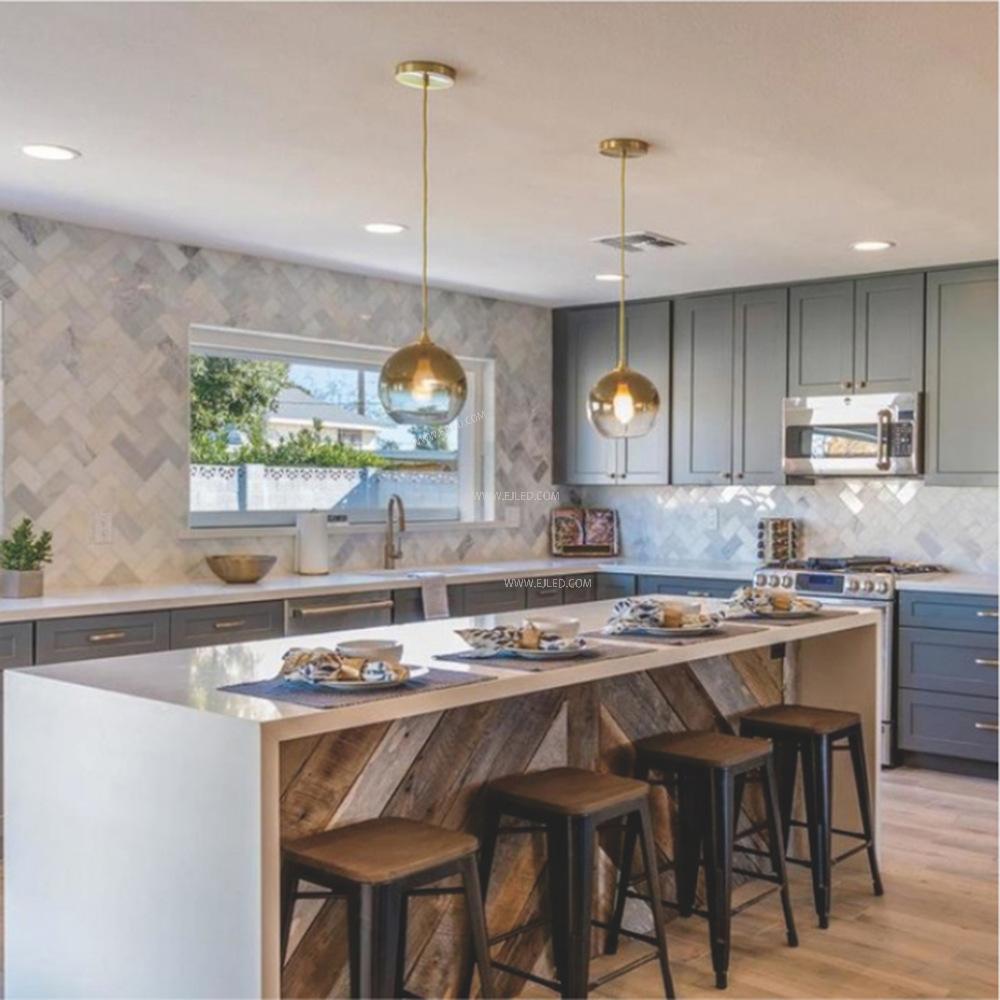
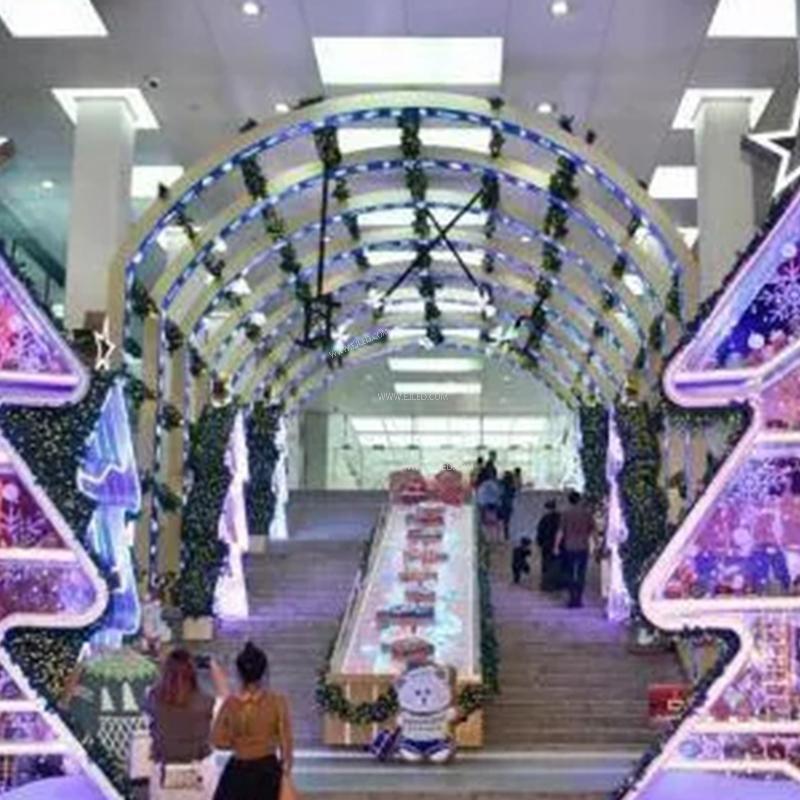
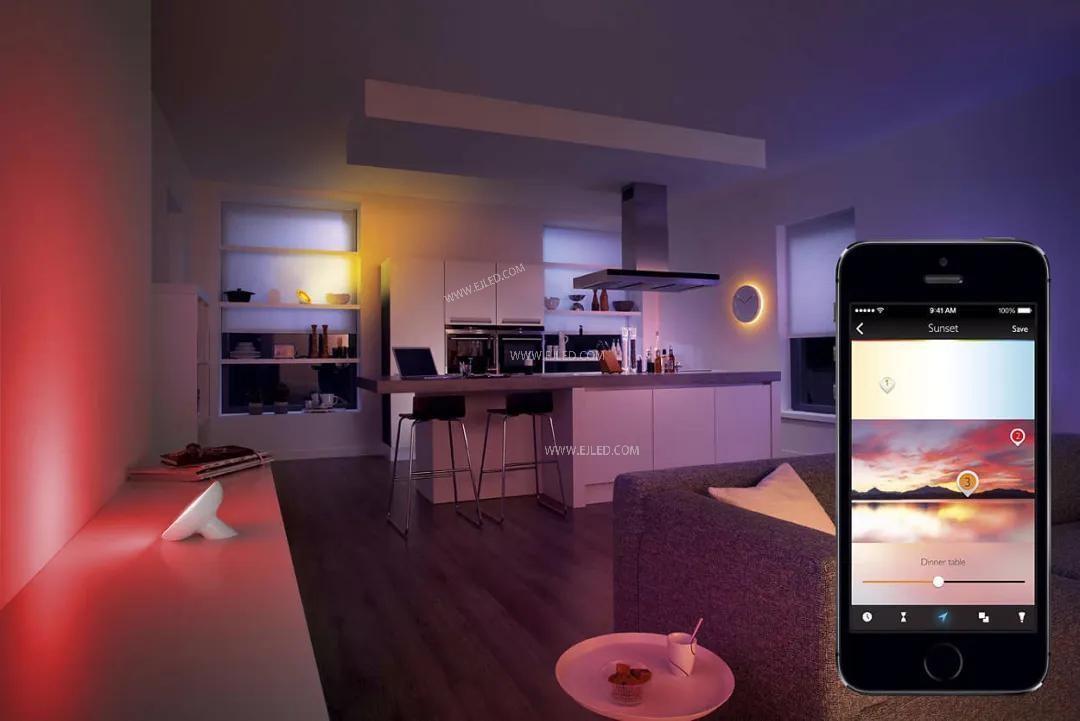
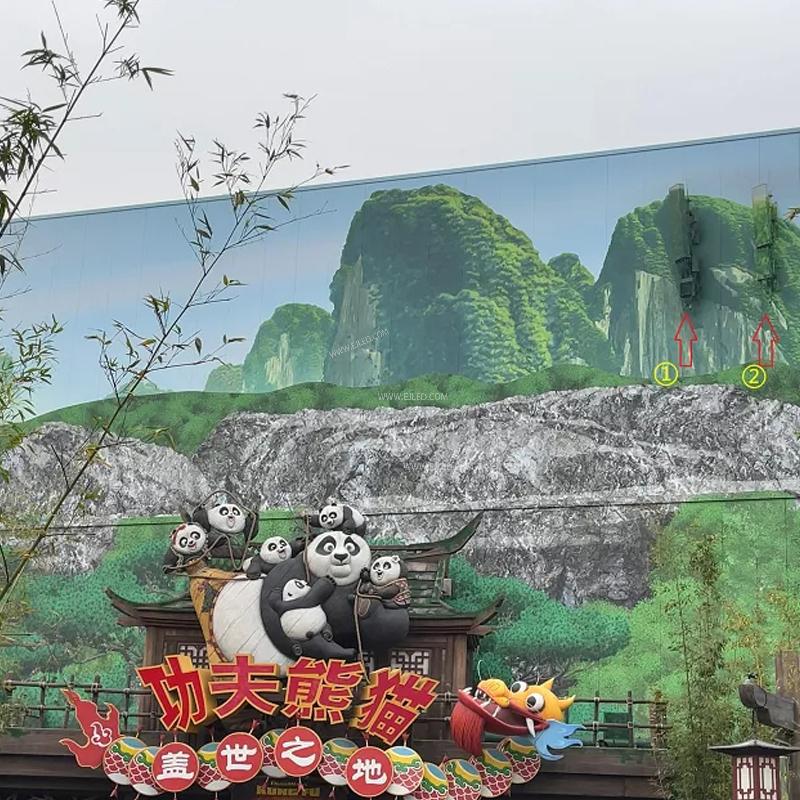
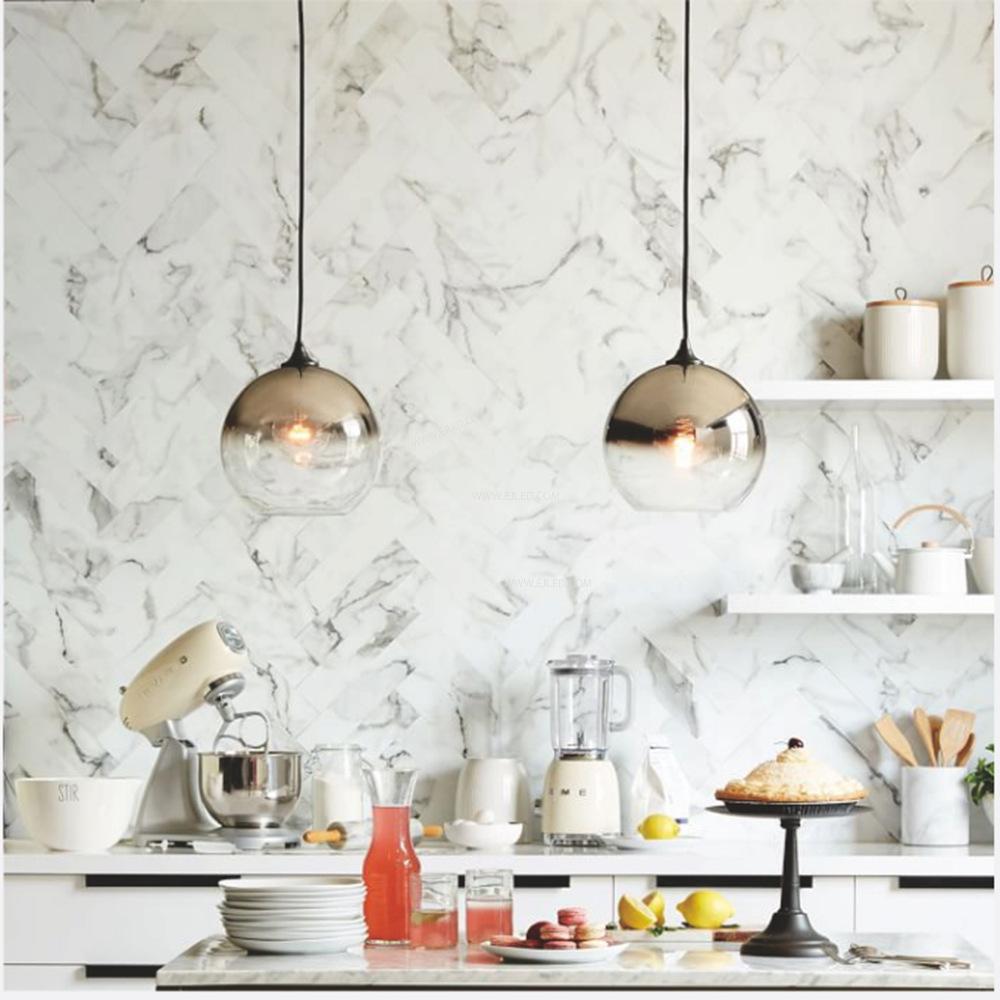
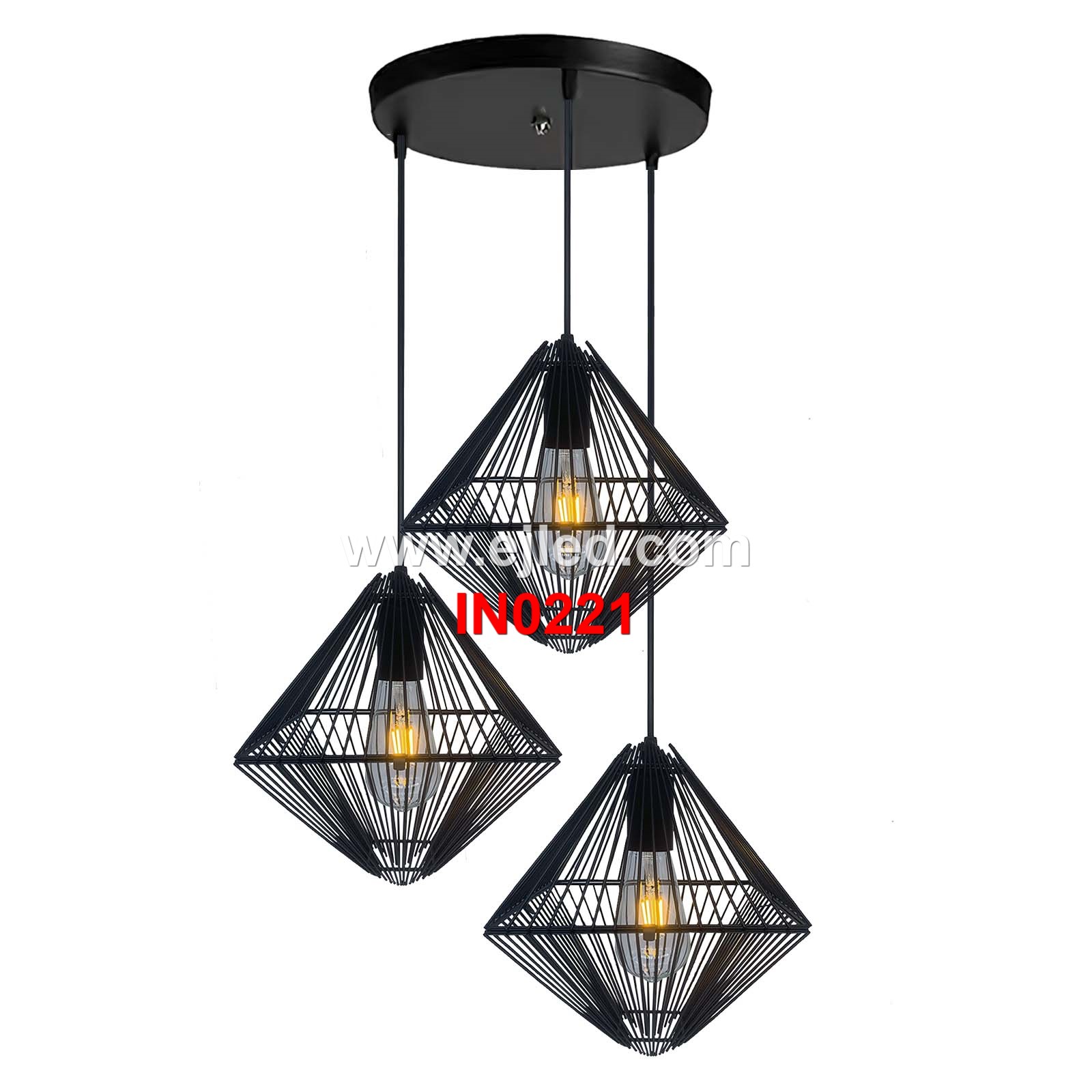
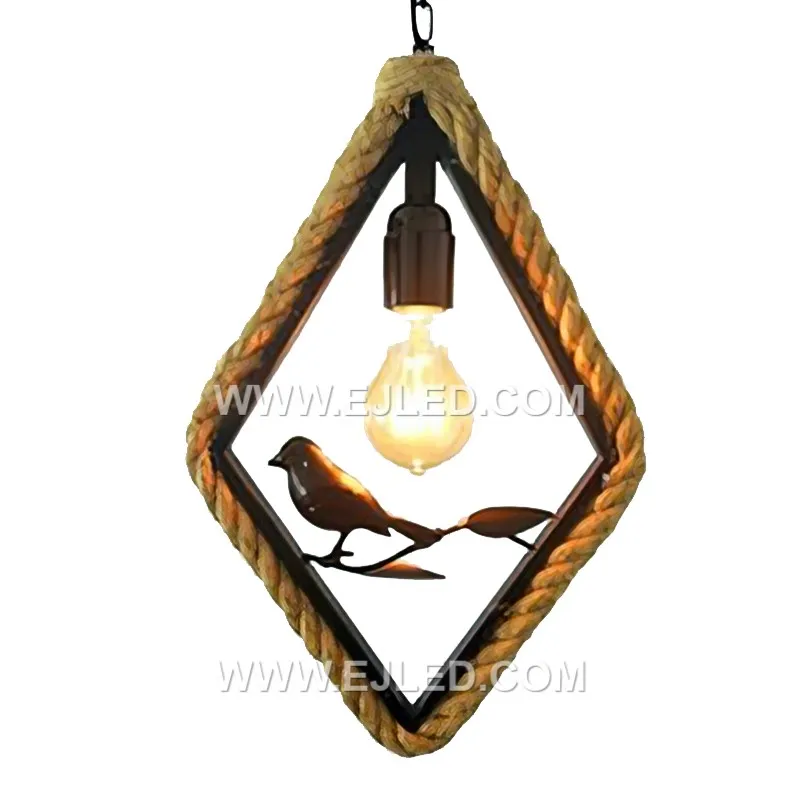
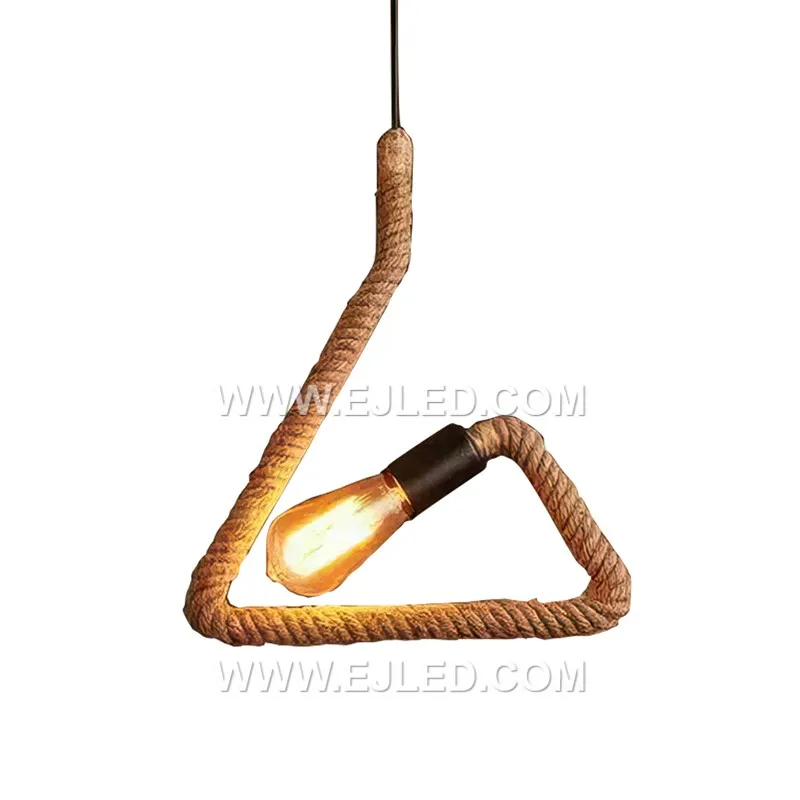
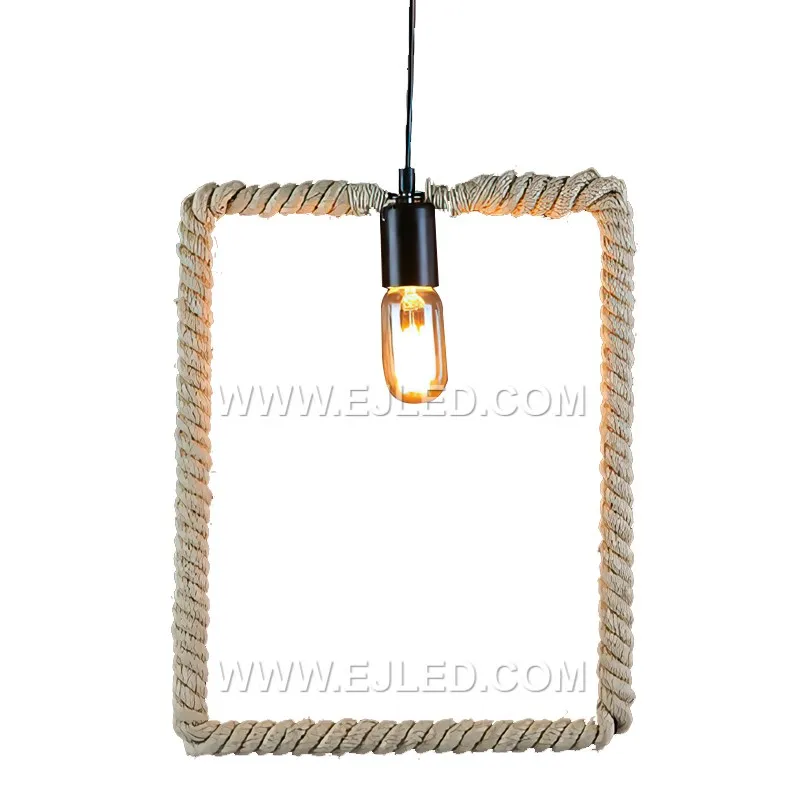
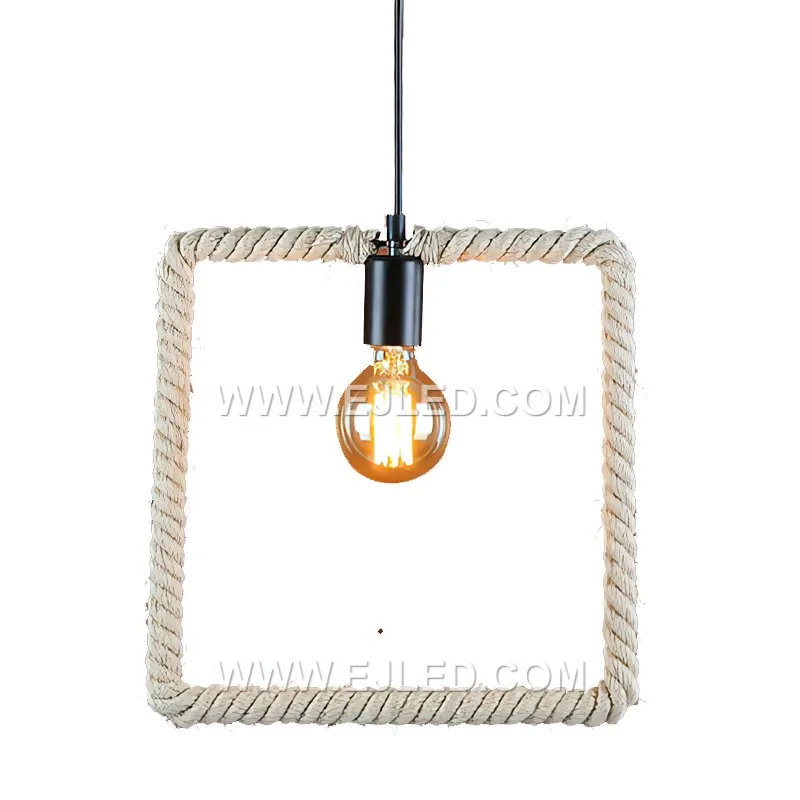
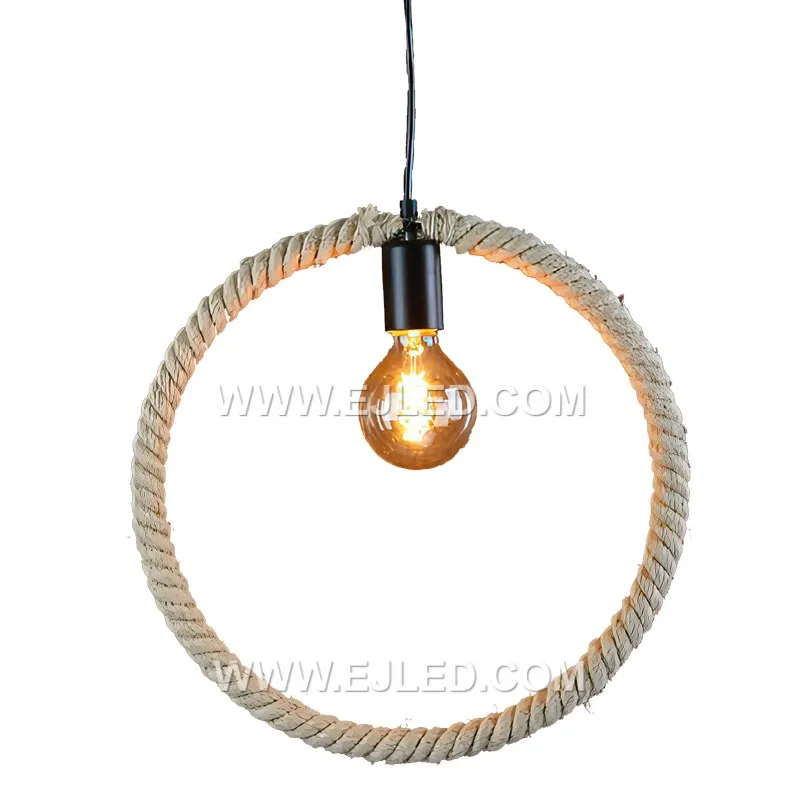
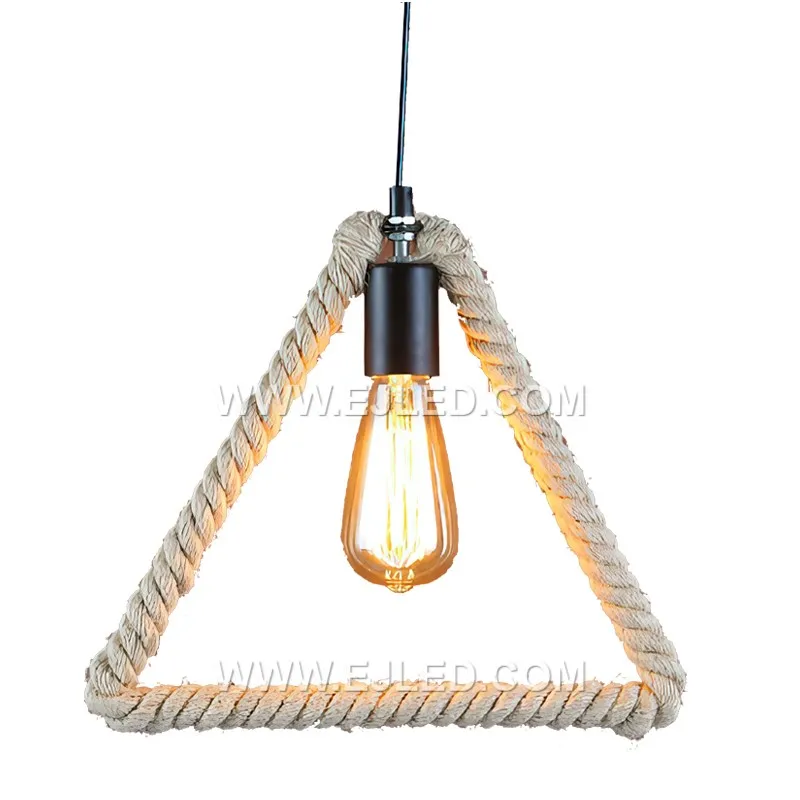
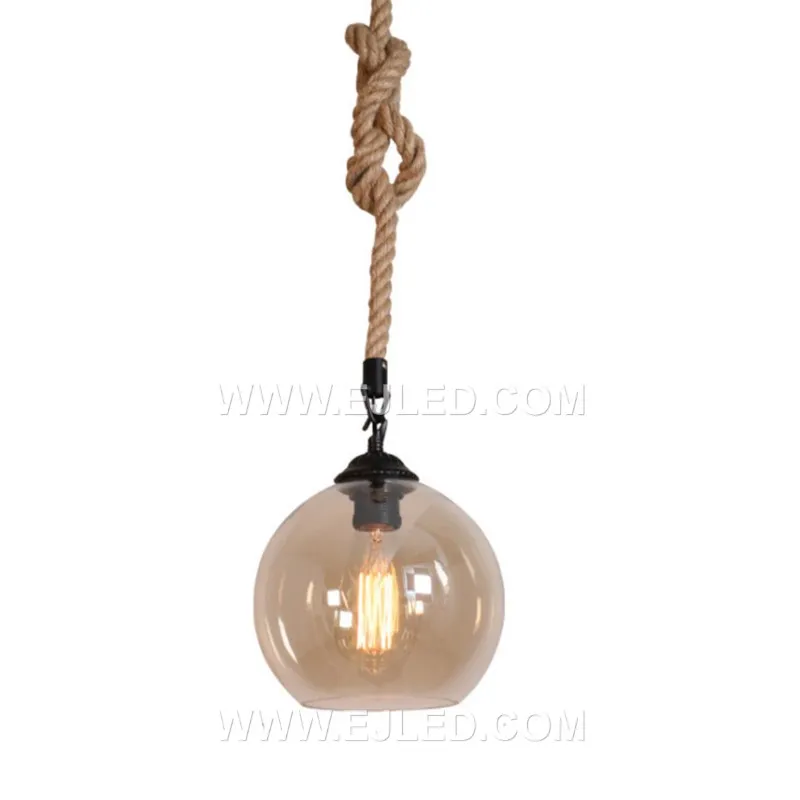
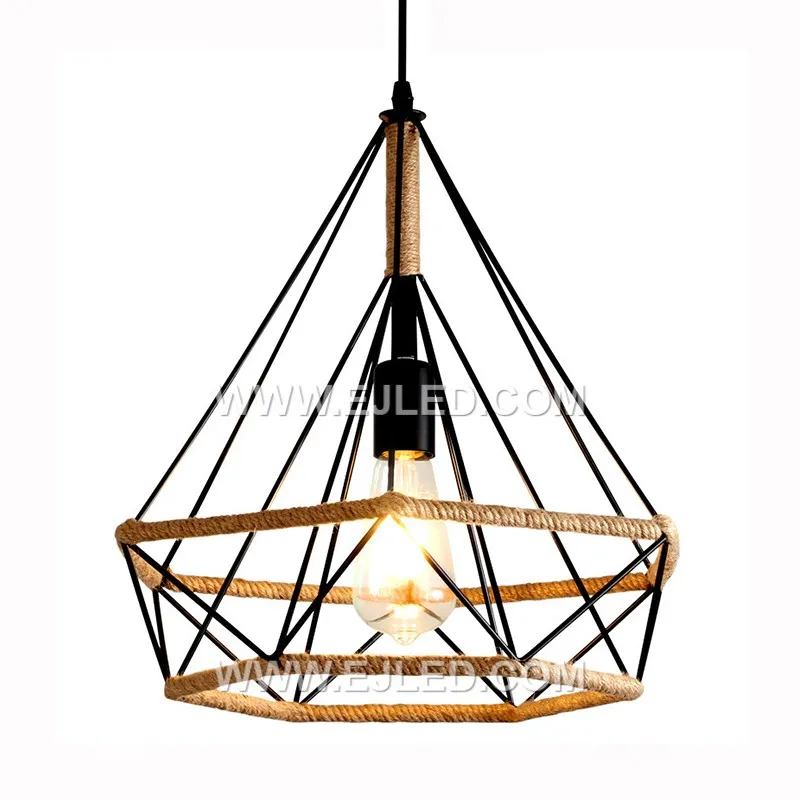
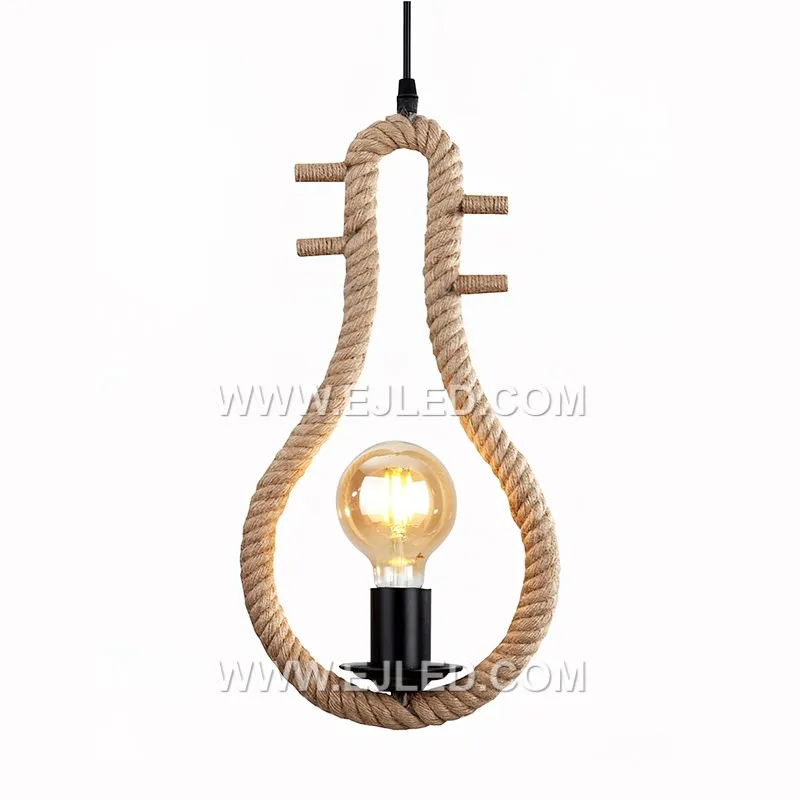
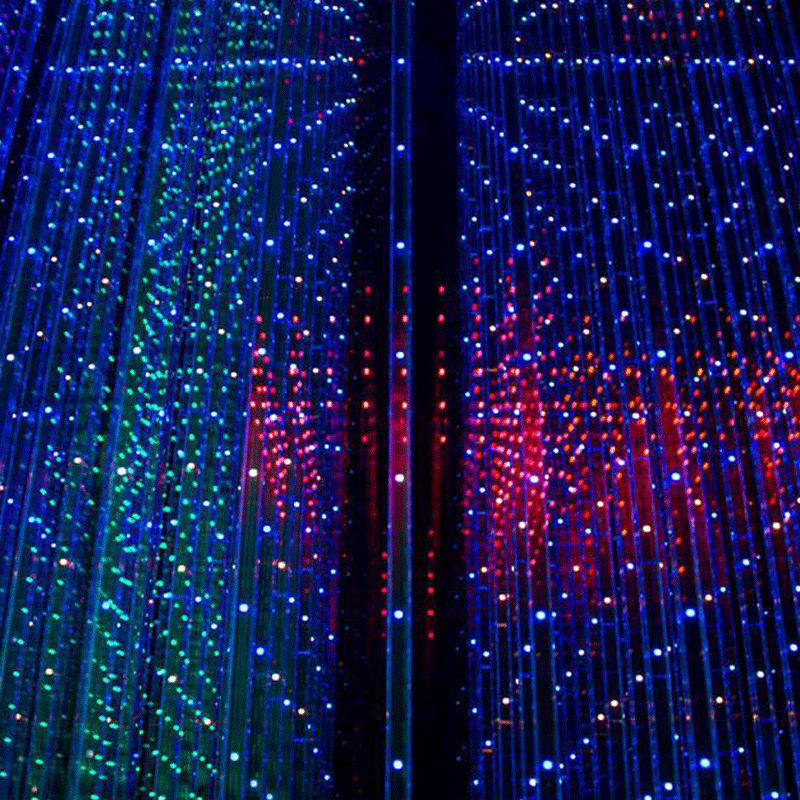
Leave a comment